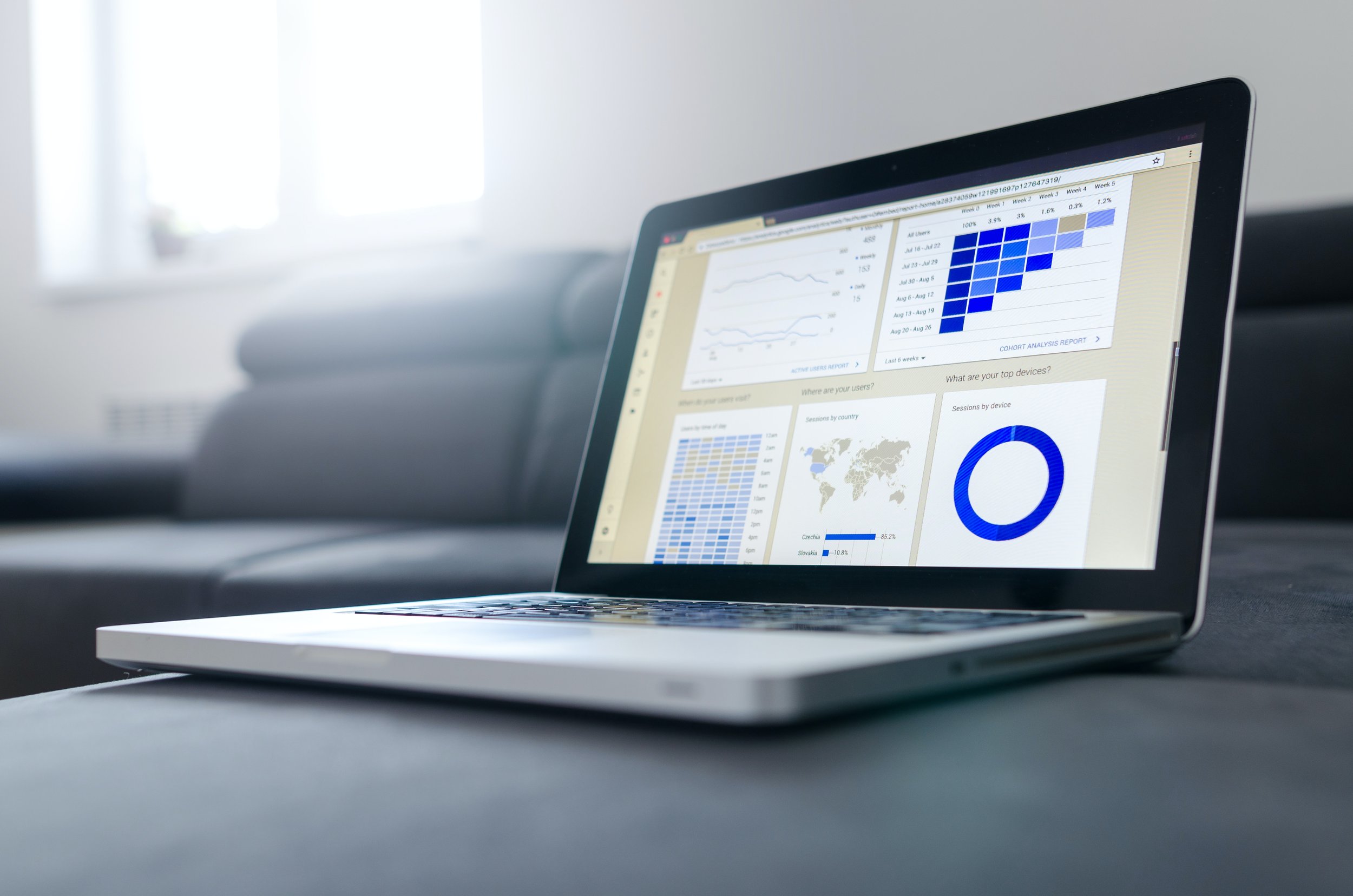Essential Numbers for Your Business
When you can effectively understand the numbers in your business then you will be able to read the story these numbers are telling you. This skill will also allow you to know the difference between symptoms and root causes plus read the early warning signs when anything is not working as it should to allow you to make any necessary changes before the negative situation deepens.
The numbers in your business clearly show your areas of strength and weakness which means you can make better decisions. After all, knowledge is power.
Financial Reports
There are some key financial reports that are the most important for you to understand and be able to translate into worthwhile information to help guide your decision-making for the future of your business.
These include:
1. Trading Account
This report tracks sales, variable costs and gross profit. It shows you whether your margins are improving (or not) and you can even set up multiple Trading Accounts to track the results for different divisions or product lines in your business. Small adjustments here can have a huge impact on your overall results.
2. Profit & Loss
Easily the most well-known and often most misunderstood of all financial reports, your Profit & Loss tracks the overall performance of the business, comparing income to expenses for a given period. It provides a framework for you to benchmark results and is a fundamental driver of business value.
3. Balance Sheet
This is where you measure the net worth of your business at a point in time as your Balance Sheet immediately shows if your business is solvent. Comparing your Balance Sheet against periods is possible and helpful as this will then allow you to track the strength of your business. Most financial ratios are calculated from data in your Balance Sheet.
4. Statement of Changes in Equity
This report shows if profits are paid out to directors as dividends or retained in the business. It captures the true value of the business showing assets less liabilities and also shows if the business is solvent.
5. Fixed Asset Register
Your Fixed Asset Register records your fixed assets eg. Vehicles, plant and equipment, facilitating the spread of the cost of these assets over their useful lives. It is the basis for keeping track of your business assets and is a useful guide to calculate replacement values of any assets for budgeting purposes. This report is particularly helpful when selling your business.
6. Shareholder Current Account
This report shows a running record of funds introduced and taken from the business by its shareholders. It is a way of monitoring personal expenditure made from the business and ensures a record of different balances for each shareholder is maintained. Using the Shareholder Current Account report, we can quickly see what each shareholder is owed by the business or, if overdrawn, how much a shareholder owes.
As you can see, there is an incredible depth of knowledge available when you use information from a cross-section of reports in your business. This will allow you to make important strategic decisions in a more timely and effective manner than pure gut instinct will allow.
If you would like help with generating or learning how to understand the financial reports for your business, then please contact us to book a one-on-one coaching session.


